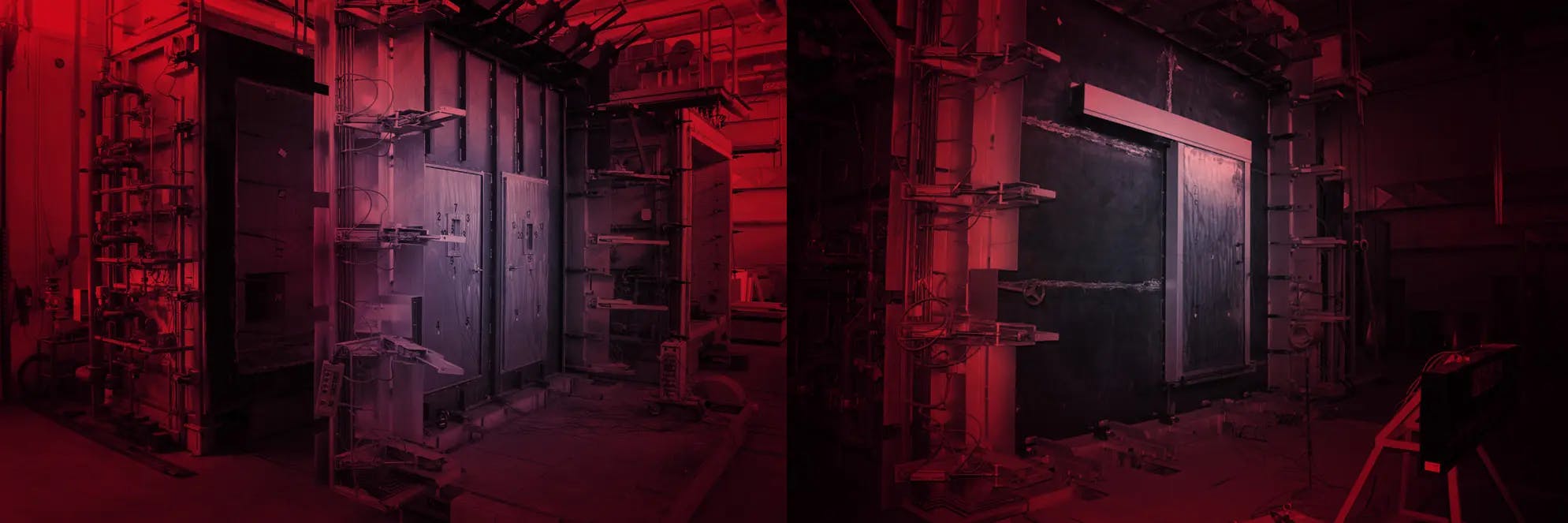
TEMPEST Doors
TEMPEST stands for "Telecommunications Electronics Materials Protected from Emanating Spurious Transmissions". It is a specification created by the US National Security Agency (NSA) to safeguard against data theft caused by the interception of electromagnetic radiation. Electronic devices, such as computers, emit radio frequency (RF) signals and electromagnetic radiation that cybercriminals can use to extract readable data.
RC4
EI30s EI60s
CE certified
Internally reinforced
Anti-corrosion coating
C4, C5 Class locks
Sound insulation
Our doors are shipped worldwide on an FOB basis

TEMPEST Doors
One way to prevent TEMPEST attacks is by installing secure doors in areas where sensitive electronics are located. These doors are designed to block the transmission of electromagnetic radiation, preventing cybercriminals from intercepting any sensitive data. These doors are typically made of metal and are lined with special materials that absorb and reflect RF signals, making it difficult for anyone to intercept them.
To be effective, these doors must be installed correctly and in a way that minimizes any gaps or openings. Even the smallest gap can allow RF signals to leak out, potentially compromising the security of the area. Additionally, anyone who enters or exits the secured area must do so through the secure door, ensuring that no unauthorized individuals can gain access to the sensitive electronics.
Overall, secure doors are an effective way to prevent TEMPEST attacks, and they are widely used in government agencies, military installations, and other organizations that deal with sensitive information.
Declared properties
Electromagnetic attenuation in the frequency range from 10 MHz to 1 GHz for the electric component:s
Measured during testing at 47 dBs
Declared 40 dB.
Our security doors are bespoke
The price fluctuates based on door sizes, project location, technical specifications, and specific customer preferences regarding integration with the access control system. These are just a few factors to consider. For a precise price estimate, please fill out the form below.
Request from Contractor - High Security Doors
Installation
Certification
Adherence to EN standards is expected in all commercial projects. Our security doors are tested and certified according to European Union norms.
- Fire Resistance
- According to EN 16034: 2014
- Burglar Resistance Classification
- According to EN 1627: 2012
- Multiple closing and opening
- According to EN 12400: 2004
- Corrosion resistance
- According to EN ISO 12944-2: 2001
- Water tightness
- According to EN 12208: 2001
- Sound insulation
- According to EN ISO 717-1: 1999
- Thermal permeability
- According to EN ISO10077-1: 2007
- Operational forces
- According to EN 12217: 2005
- Mechanical strength
- According to EN 1192: 2001

